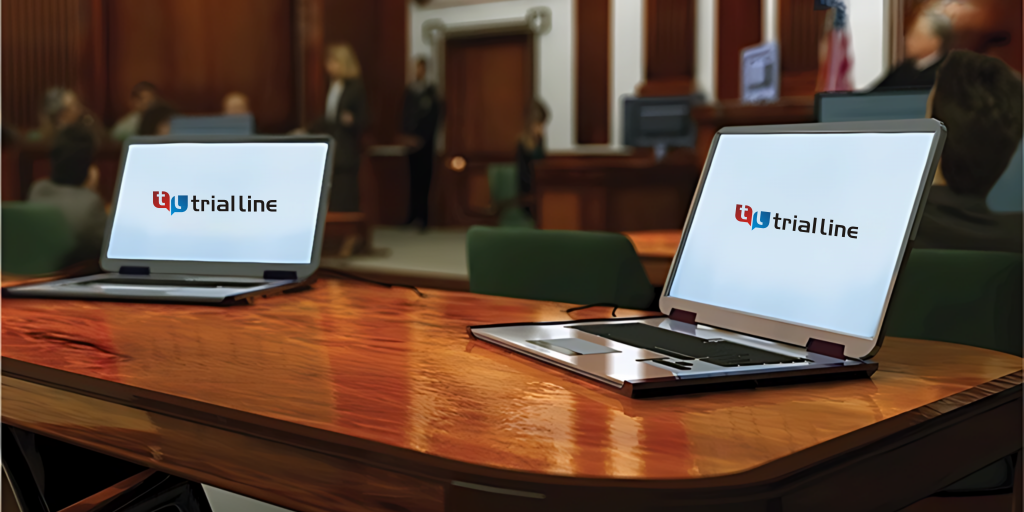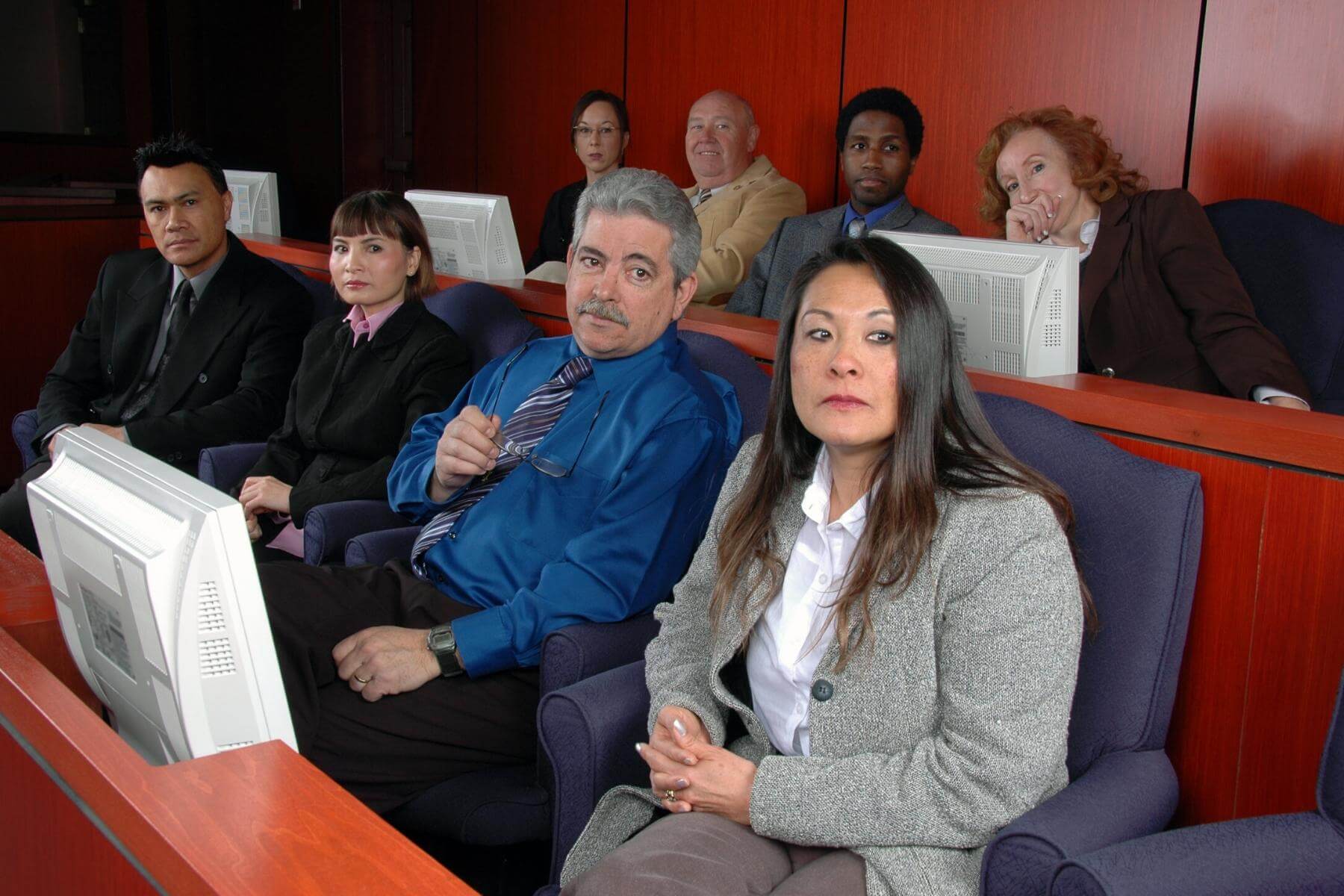Exactly How Trial Presentations Enhance Your Disagreement and Persuade Jurors
Trial presentations function as a critical mechanism for improving legal disagreements and convincing jurors. By incorporating aesthetic aids, narrative structures, and emotional interaction, lawyers can produce an engaging instance that reverberates on several degrees. The calculated use visuals not only makes clear intricate information but also captures jurors' focus much more efficiently than words alone. Nevertheless, the art of narration plays an equally critical duty in changing accurate evidence right into a compelling narrative, forming jurors' assumptions - trial presentations. Recognizing these components can dramatically influence test outcomes, elevating the inquiry of just how each part adds to this complex dynamic.

Relevance of Aesthetic Help
Aesthetic aids play an important function in improving the effectiveness of trial presentations, as they can substantially boost target market involvement and retention of details. In the context of a test, where jurors are charged with handling complicated information, visual help serve to streamline and clear up key factors. Charts, charts, and pictures can convey information and concepts that might otherwise bewilder or puzzle jurors, enabling a much more straightforward understanding of the proof provided.
Moreover, aesthetic aids help in keeping juror interest throughout the proceedings. By damaging the monotony of spoken testament, these tools can punctuate essential debates, making them much more memorable. Effective aesthetic aids can also stimulate emotional reactions, which can be pivotal in encouraging jurors to line up with the presenter's story.

Crafting Compelling Narratives
An engaging narrative is vital in trial discussions, as it functions as the foundation of effective persuasion. It permits attorneys to weave with each other truths, evidence, and psychological elements right into a coherent tale that resonates with jurors. This narrative framework enables jurors to understand the intricacies of the case while directing them via the lawyer's argument.
To craft a compelling narrative, lawyers need to focus on clearness and comprehensibility. Additionally, the use of vibrant descriptions can produce mental pictures that aid jurors envision the occasions, making the story more memorable.
In addition, incorporating key themes throughout the presentation strengthens the find this core message and aids in retention - trial presentations. The narrative must not only communicate info however likewise stimulate a feeling of justice, highlighting the stakes included. Eventually, a sound story promotes a connection between the jurors and the situation, positioning the attorney's debate as both credible and compelling, thereby enhancing the probability of a desirable judgment

Engaging the Court Mentally
Effective court engagement pivots on the lawyer's ability to link with jurors on an emotional level. This link can considerably influence jurors' understandings and their best decision-making.
Visual help, such as photographs or official source video clips, can further improve psychological interaction, giving jurors with vibrant representations of the instance's human elements. Crafting a story that highlights the struggles and accomplishments of the individuals entailed ensures that jurors see past the lawful disagreements and identify the human repercussions of their decisions.
In addition, tone and body language play a critical role in sharing feeling. A lawyer's passionate distribution can resonate with jurors, strengthening their emotional investment in the instance. It's necessary to stabilize emotional charms with factual evidence, ensuring that jurors really feel compelled to act while staying based in the truth. Inevitably, an emotionally engaged court is extra likely to be convinced, making emotional connection an essential part of effective test discussions.
Structuring Your Presentation

The body of the presentation should be logically fractional right into bottom lines, each supported by compelling proof. It is helpful to utilize storytelling techniques to weave facts right into a story that jurors can quickly comply with. Visual help, such as graphes and video clips, can boost understanding and involvement, helping to highlight essential items of proof.
Real-World Instance Researches
Checking out real-world situation researches supplies important understandings into the art of test presentations and persuasion. The protection team successfully used a method that combined prominent expert statements with multimedia use this link discussions, which mesmerized jurors and eventually affected their decision.
An additional remarkable example is the "McDonald's Coffee Instance," where the complainant's attorneys made use of graphic photos of the injuries sustained by Stella Liebeck. trial presentations. This raw aesthetic evidence played a critical role in conveying the intensity of her burns, bring about a significant jury honor. Such instances show that impactful trial presentations typically pivot on the effective assimilation of visuals and narration to evoke emotional reactions from jurors
Additionally, the "Casey Anthony Trial" highlighted the importance of narrative comprehensibility and reliability. The prosecution's failure to establish an engaging timeline lessened their convincing power, highlighting the requirement of a well-structured presentation. Analyzing these cases reveals that effective test discussions need tactical planning, psychological involvement, and the capacity to reverberate with jurors' values and beliefs.
Conclusion
Test presentations significantly boost debates and convince jurors with the strategic usage of aesthetic aids, engaging stories, and emotional involvement. A well-structured presentation equilibriums emotional allures with accurate proof, eventually reverberating with jurors' values.